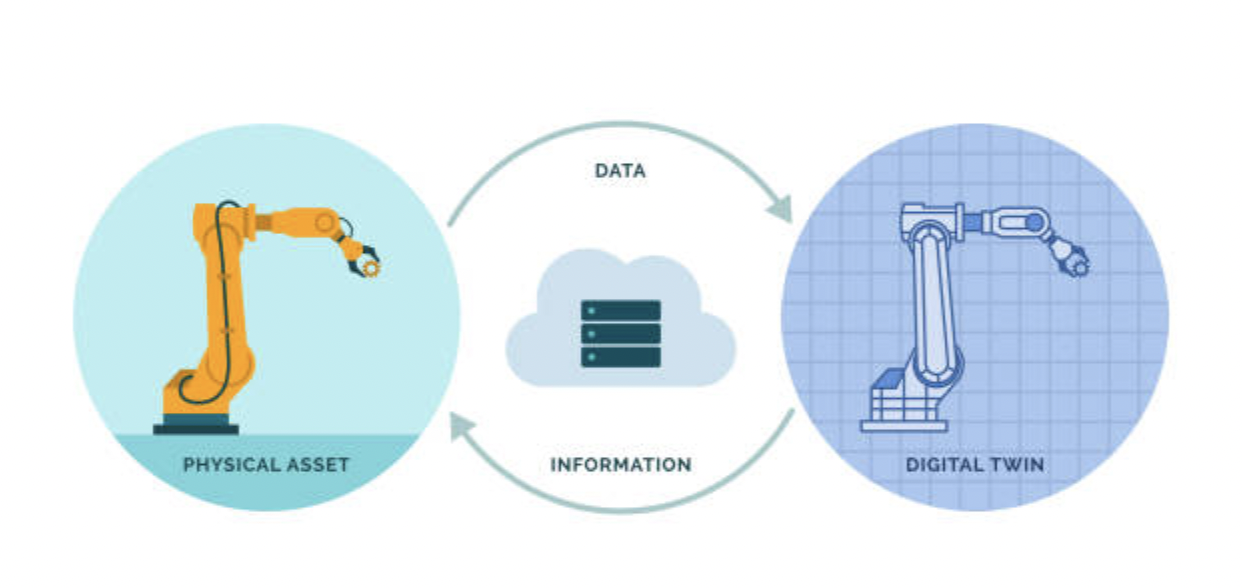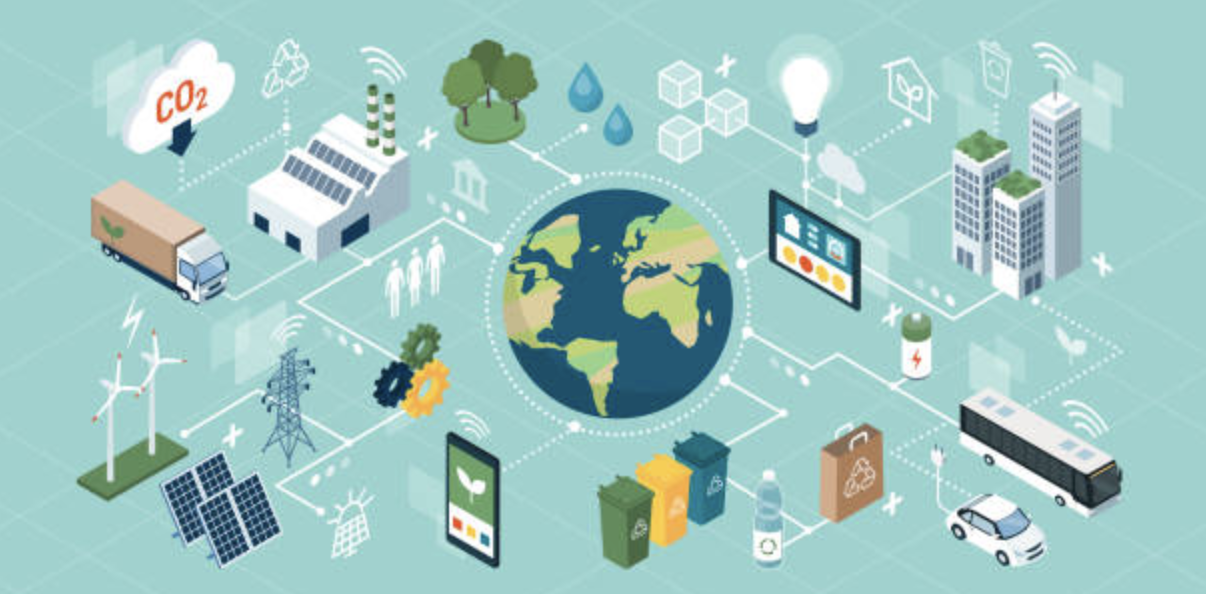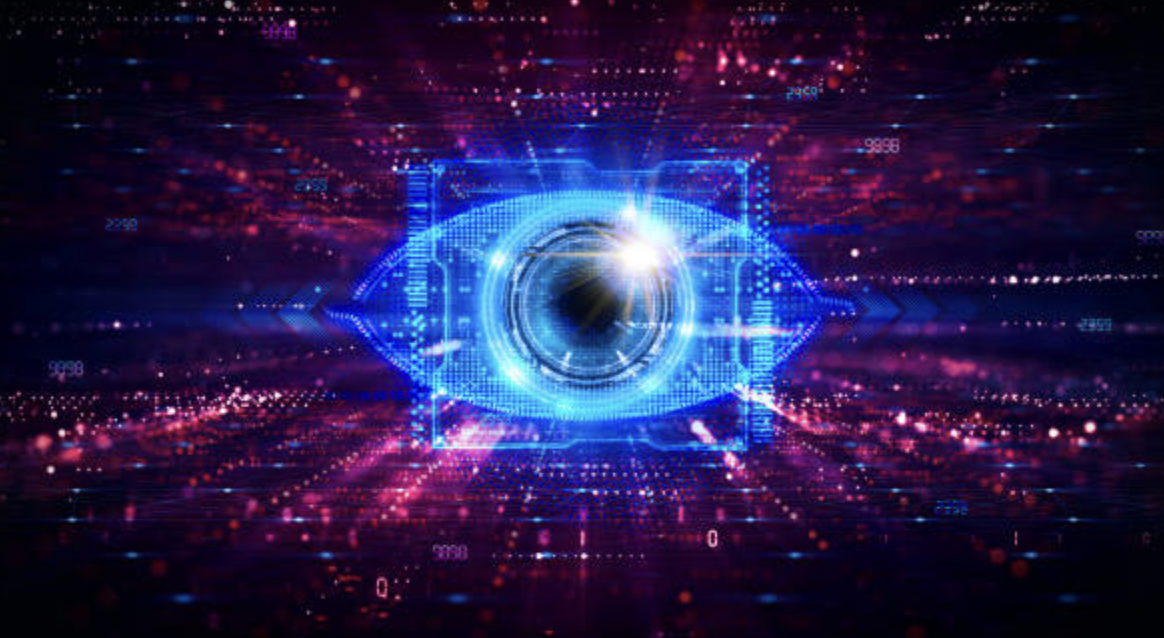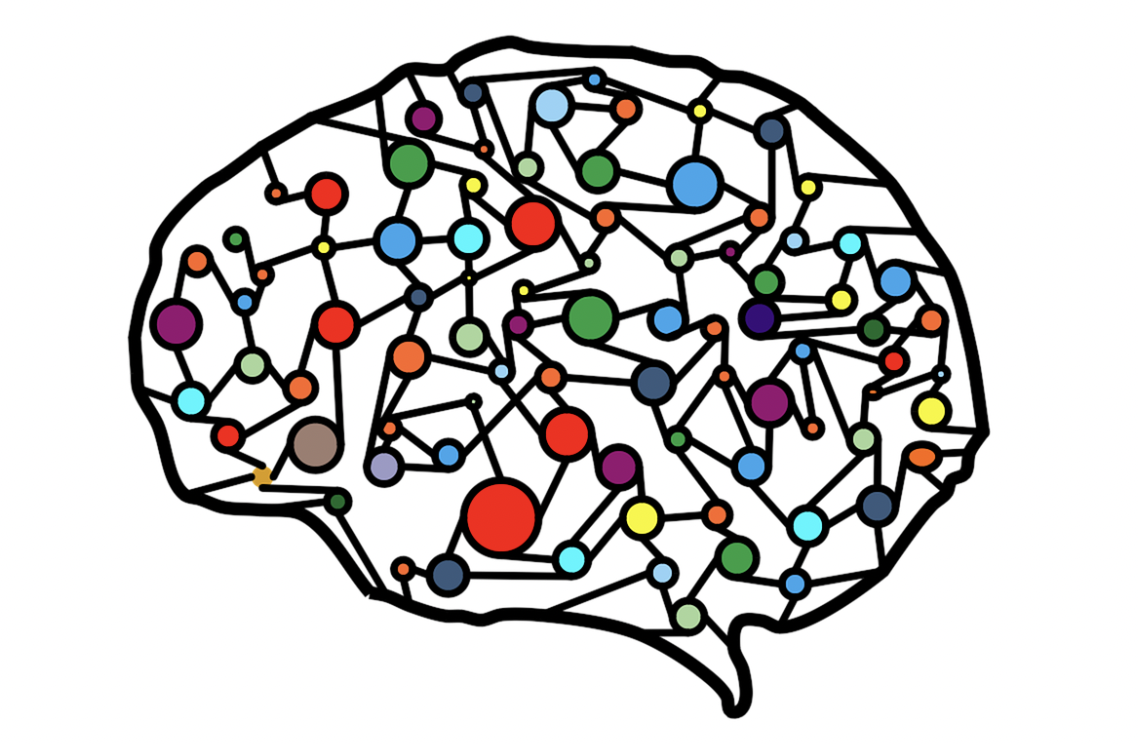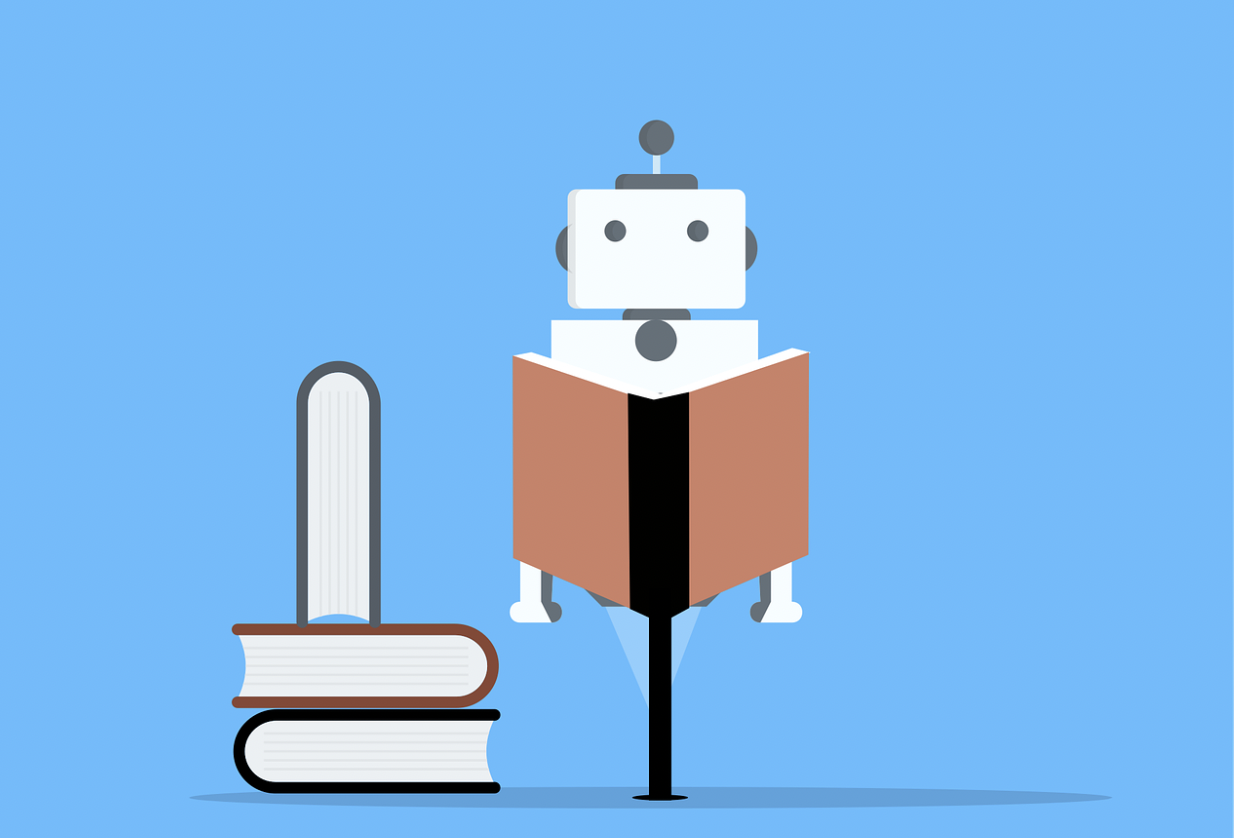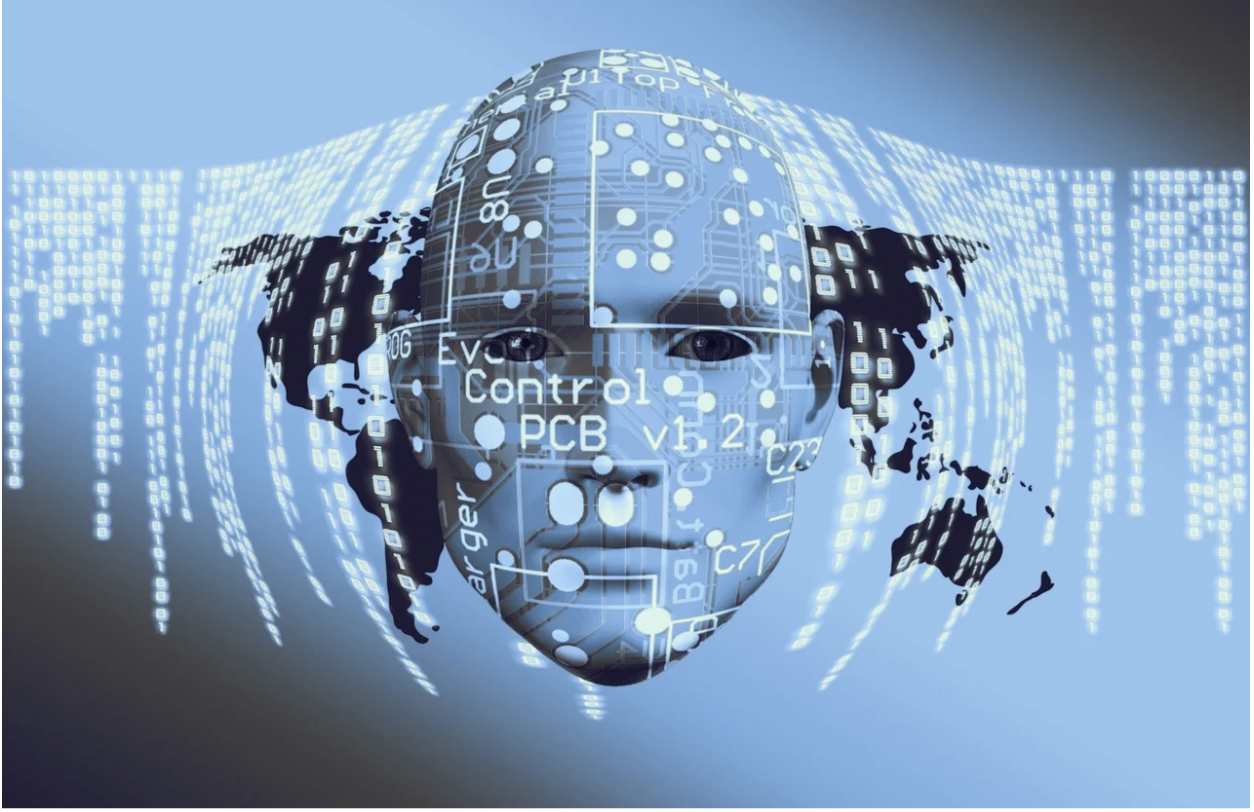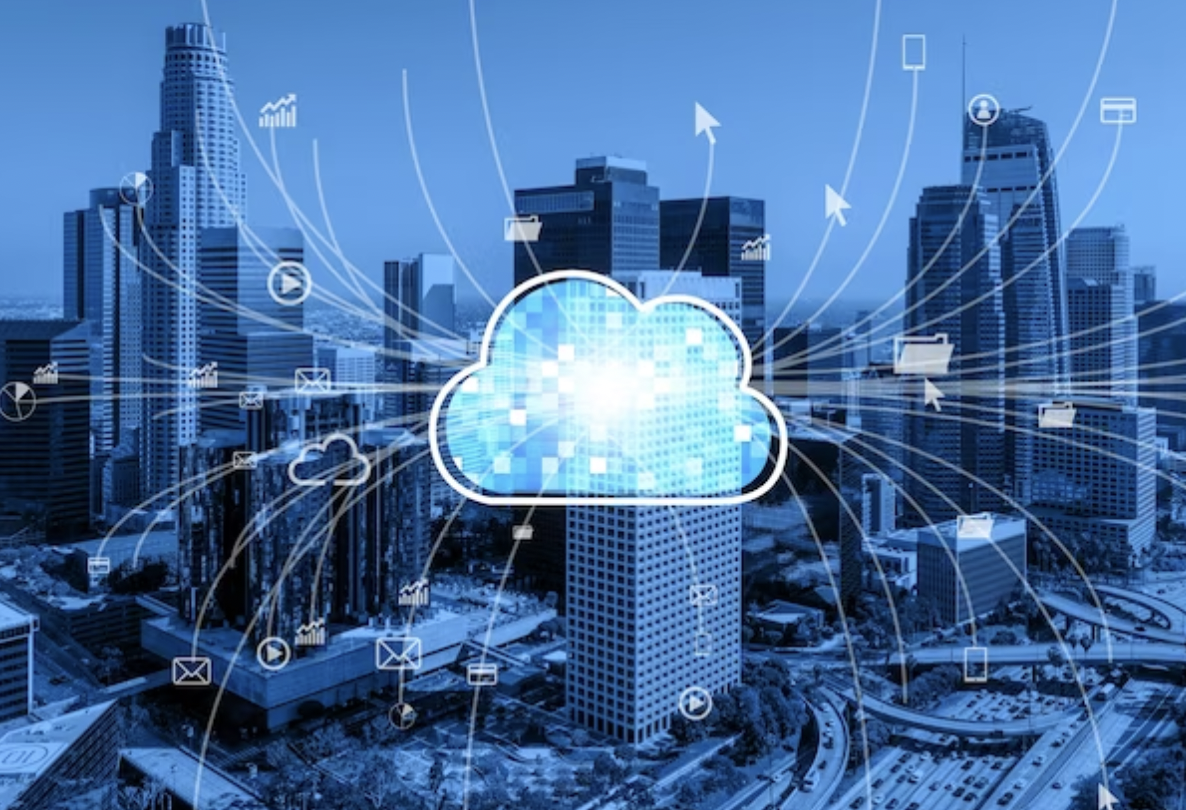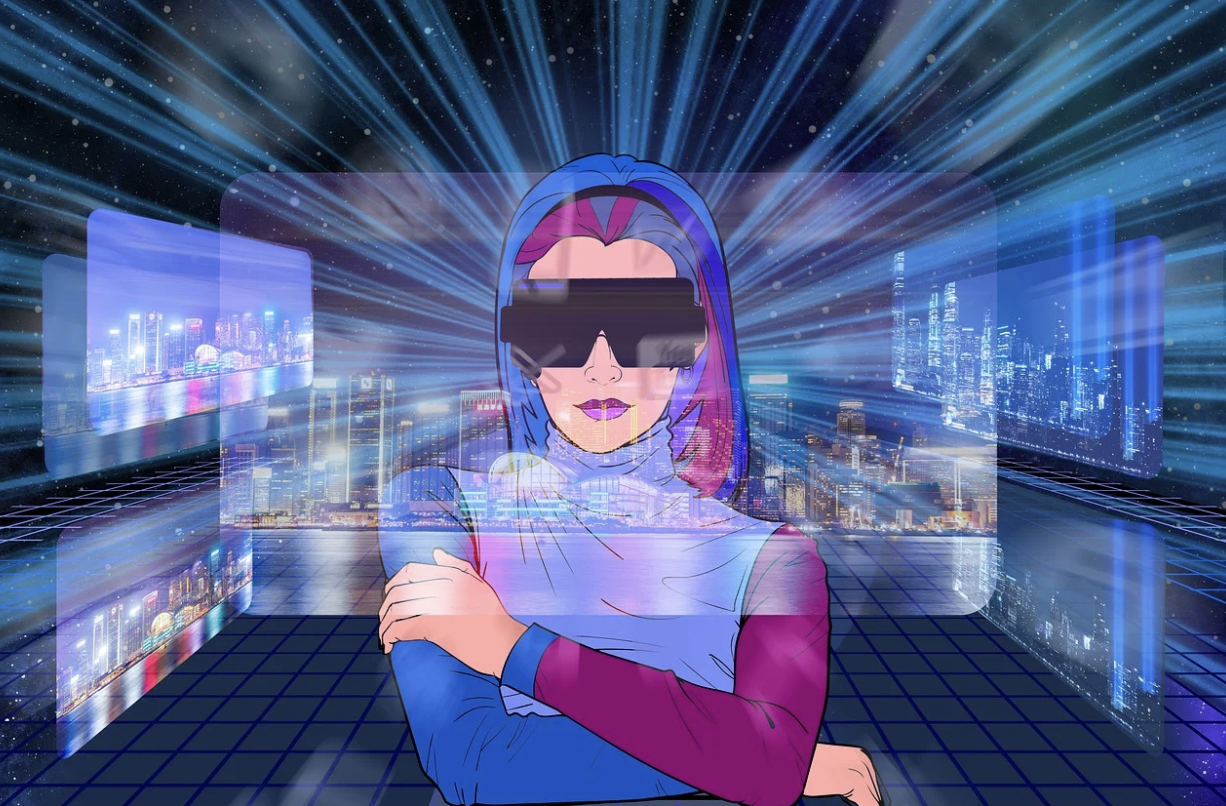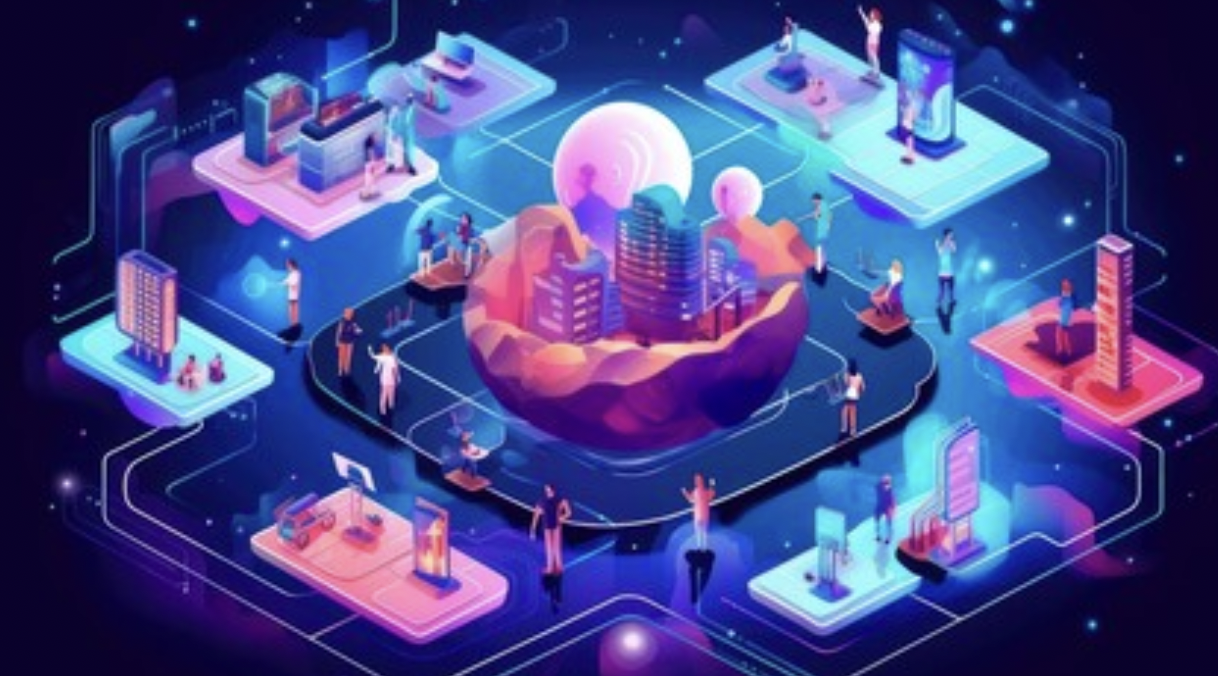Digital Twins – Inter linking the Physical and the Virtual
Introduction The idea of digital twin technology was first put forth in 1991, with the publication “Mirror Worlds”, written by David Gelenter. However, it was Dr. Michael Grieves ( University of Michigan ) who first applied the concept to manufacturing in 2002 and formally announced the software idea. Eventually, NASA’s John Vickers coined the term … Read more
